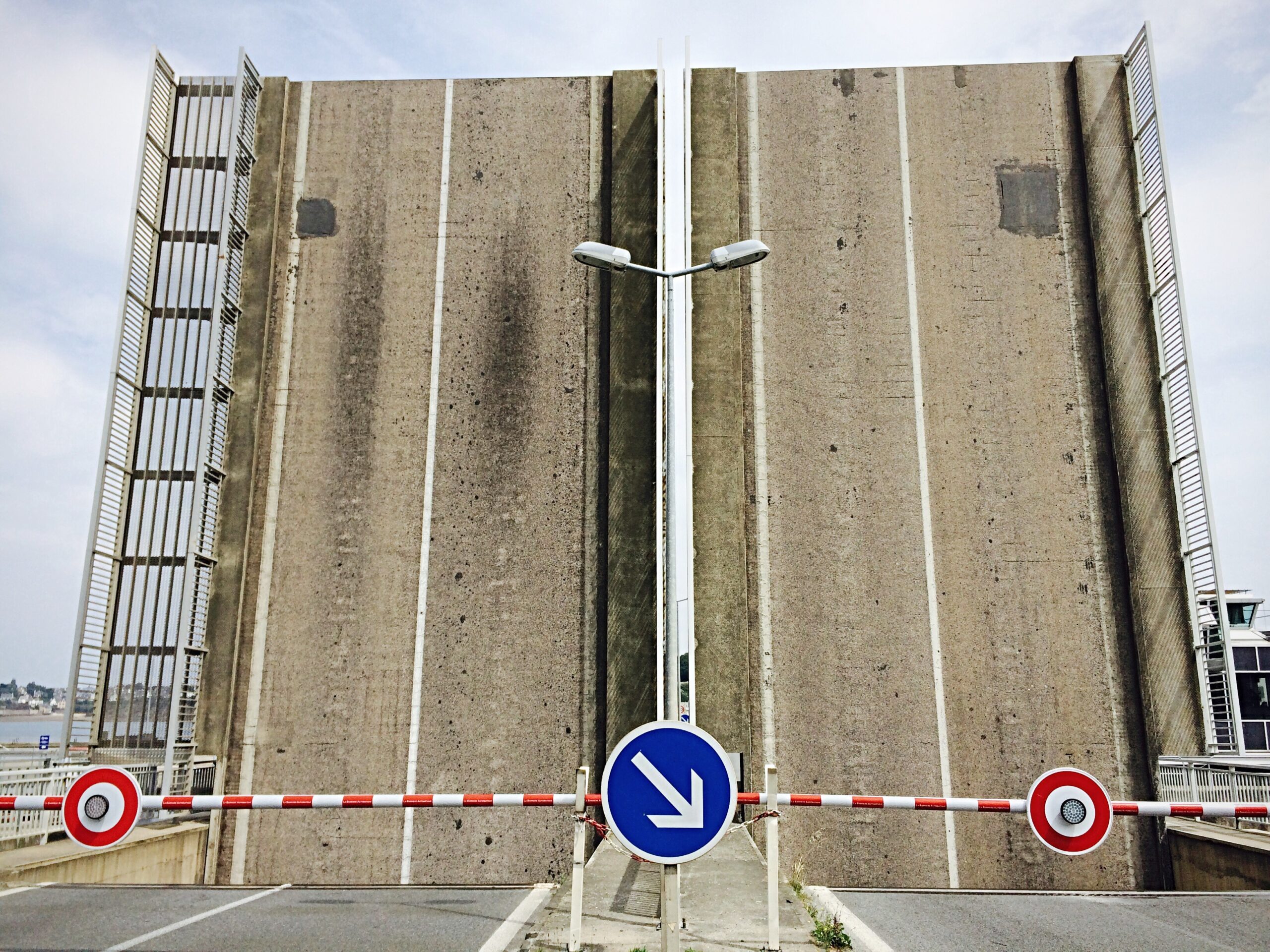Price and conditions management has always been one of the supreme disciplines in brand management. The success of a company is determined by the price it sets and the way it consistently enforces it in the market – vis-à-vis sales partners and brand customers. Those who act opportunistically, without leadership or timidly, quickly “lose” the chance to create adequate added value for their company and the entire value chain.
Brand is a team sport
Brand products and services are joint efforts. In this sense, whoever manages the brand is also responsible for their partners in the upstream and downstream stages of the value chain, e.g. framers, suppliers, service providers, but also distributors and retailers. The more that is bought in and not produced in-house, the greater the importance of reliable partnerships with supplying partners with whom the joint service is provided on the basis of the same quality standards.
However, in the last 20 years, these partnerships have often not been valued and cultivated in a spirit of partnership. The lowest price has often dominated purchasing behavior. Instead of being seen as partners, suppliers were largely regarded as interchangeable and treated as such. The cheaper, the better, was the motto, according to which core competencies of the brand were often outsourced, which others were supposedly able to provide more cheaply and “equally well” – but unfortunately only supposedly.
Now the game is turning around, and not just since the pandemic, interrupted supply chains or the shortage of certain raw materials or primary products. A sometimes called “commodity” quickly ceases to be one when it is no longer sufficiently available. It is good that the importance of the reliability of supply relationships and the availability of goods is once again coming into the focus of corporate management.
Brand performance has its value – but often a price gap
If the “price wall” is closing in from behind due to supplier price increases, then at some point a business leader will have to resort to price increases to ensure adequate value creation. This becomes problematic when, based on a wide variety of arguments, companies have only improved their value creation in the purchasing salvation and at the expense of squeezed-out supplier relationships in recent years.
“The market won’t allow it”, ” they are kicking us out “, “our competition can’t do it either – on the contrary”, are just a few of the statements that were heard in quite a few companies. Instead, cost-cutting programs were on the agenda – often at the expense of quality. These were supposed to compensate for losses in value added. It has been shown that this neither works nor is sufficient.
Performance- and value-based pricing is first and foremost a cultural issue
Value creation gaps, some of which have developed over years, become a tangible problem when dynamics accelerate. Companies that do not cultivate a value-added culture and do not openly practice this with their suppliers and sales partners are by no means only at a disadvantage in times of crisis, but at all times. Accumulated value creation gaps accumulate with the new developments and force to price adjustments, which seem above average.
Those who do not maintain their prices annually are at a disadvantage in several respects:
- necessary price adjustments seem overdimensional
- the own company has no practice and routine in price and conditions management
- enforcement may turn into a showdown in which the supposedly stronger party “wins”.
This can only be mitigated by regularly going over the books and communicating this openly and in partnership – backwards and forwards! This requires a culture that does not look away, but looks and proactively faces the challenges. Transparency toward and between partners is important because it creates trust and genuine performance alliances over time.
Value communities bring more reliability – even in times of crisis
Particularly in challenging times, well-rehearsed and mutually trusting value-adding partners are superior, because they stand by each other and master the issues together. This ensures the availability of raw materials and goods, reduces mistrust in price adjustments, leads to more objectivity in negotiations and thus also serves the end customers.
What distinguishes genuine value-adding communities is:
- a mutual commitment to each other – away from buyer-seller pressure mechanisms
- better and more reliable quality standards over time
- more reasonable negotiating atmospheres
- a shared responsibility for the end product
What to do:
1. Revue your calculations, prices and conditions regularly
2. Make necessary adjustments to avoid value-added gaps
3. Look for reliable partners in your quality and value class and commit in mutual interest
4. and – be consistent and consequent
Value-added communities are the only concept that can avoid fairground-style economics. This serves all parties involved: the growers and producers as well as the retailers and customers. Because: reliable branded products and qualities are still the best consumer protection.



